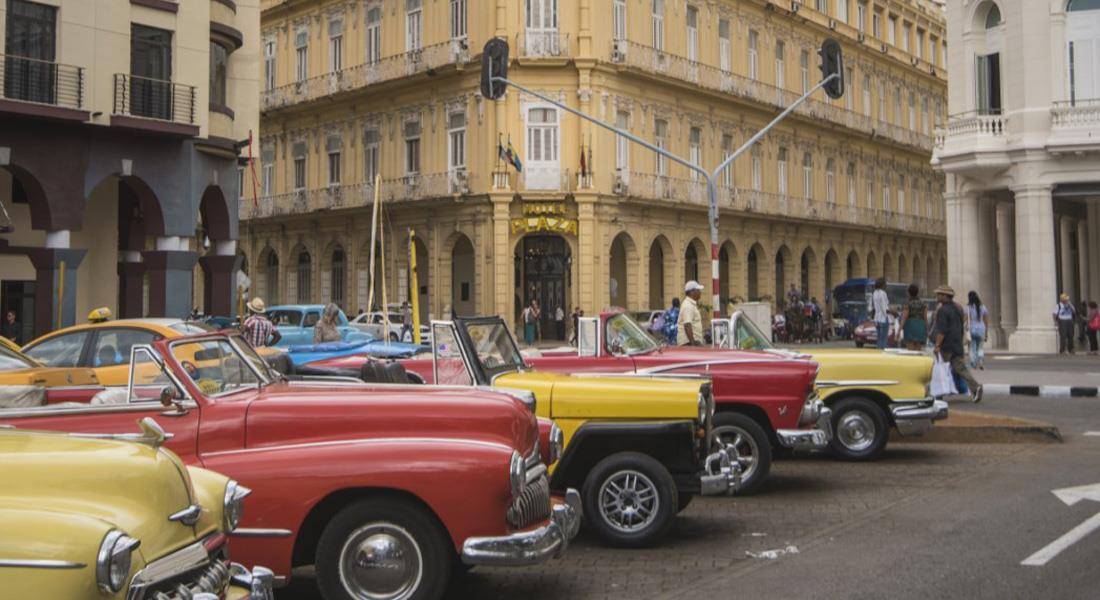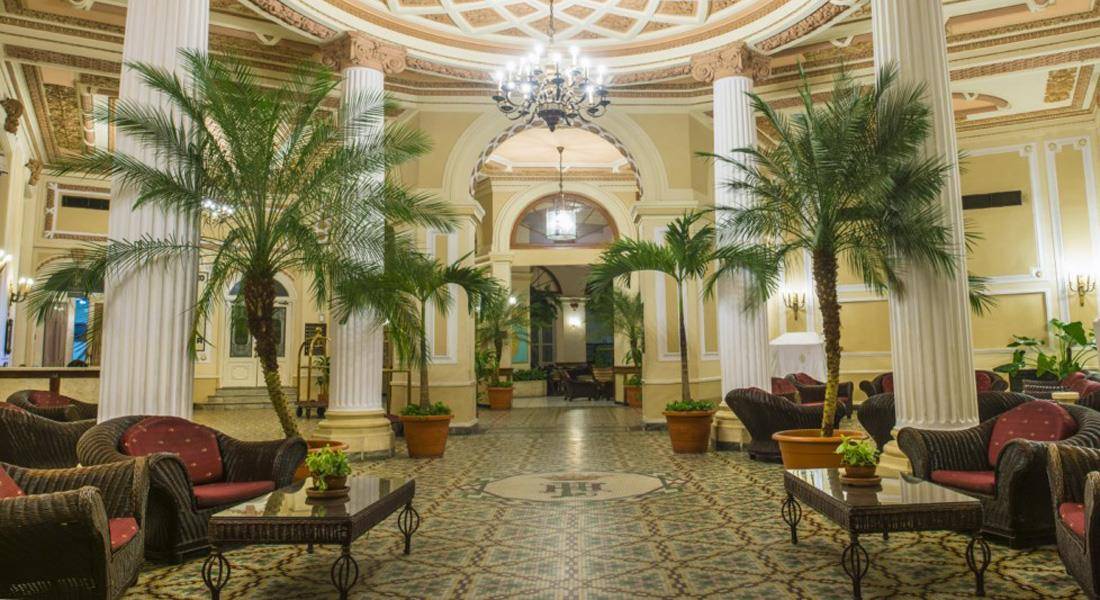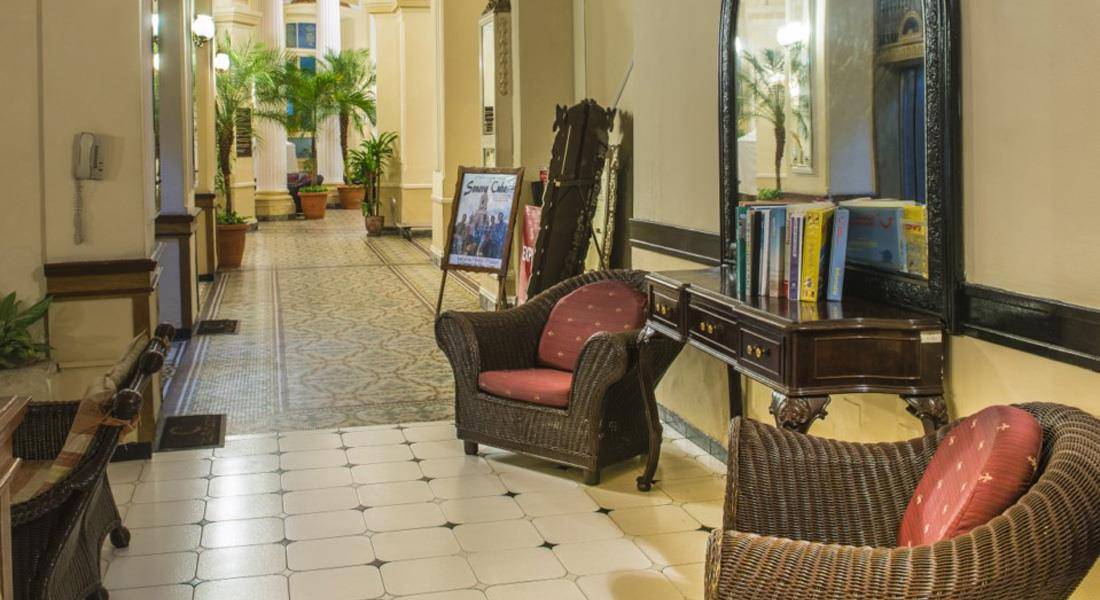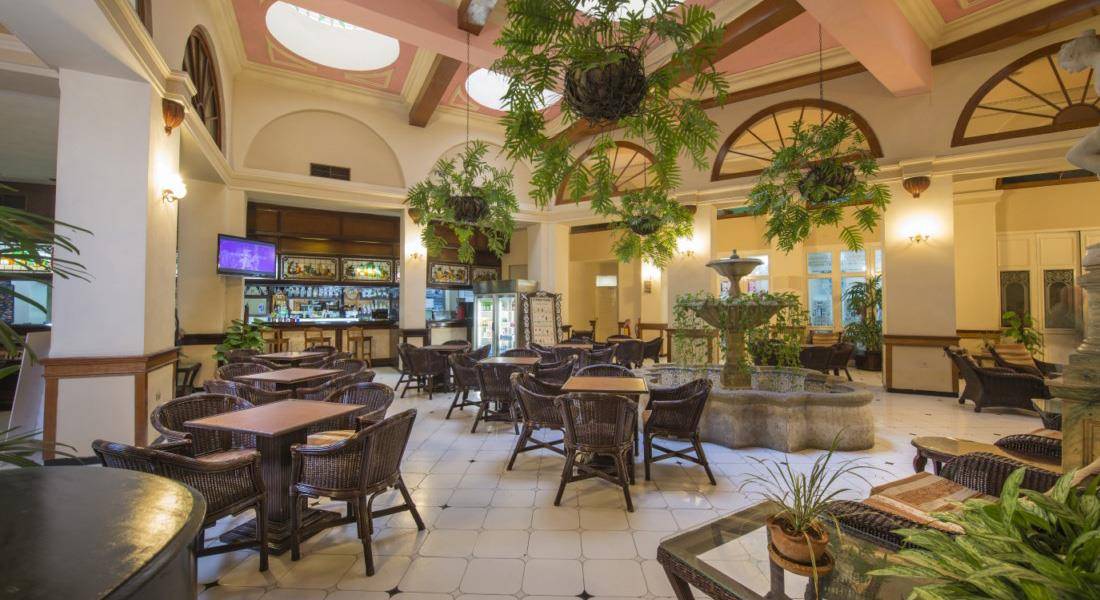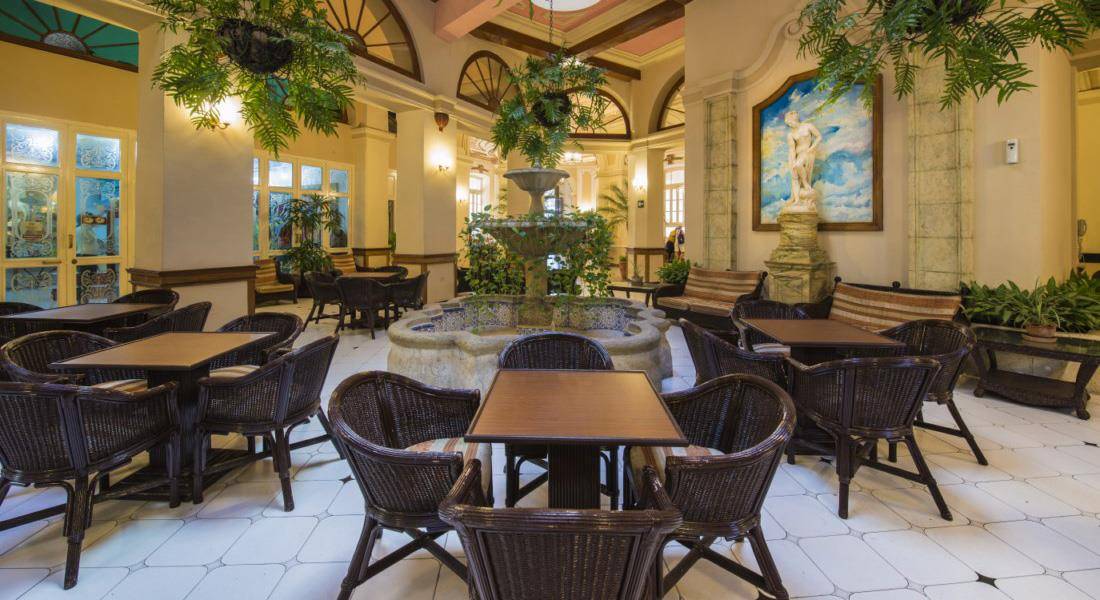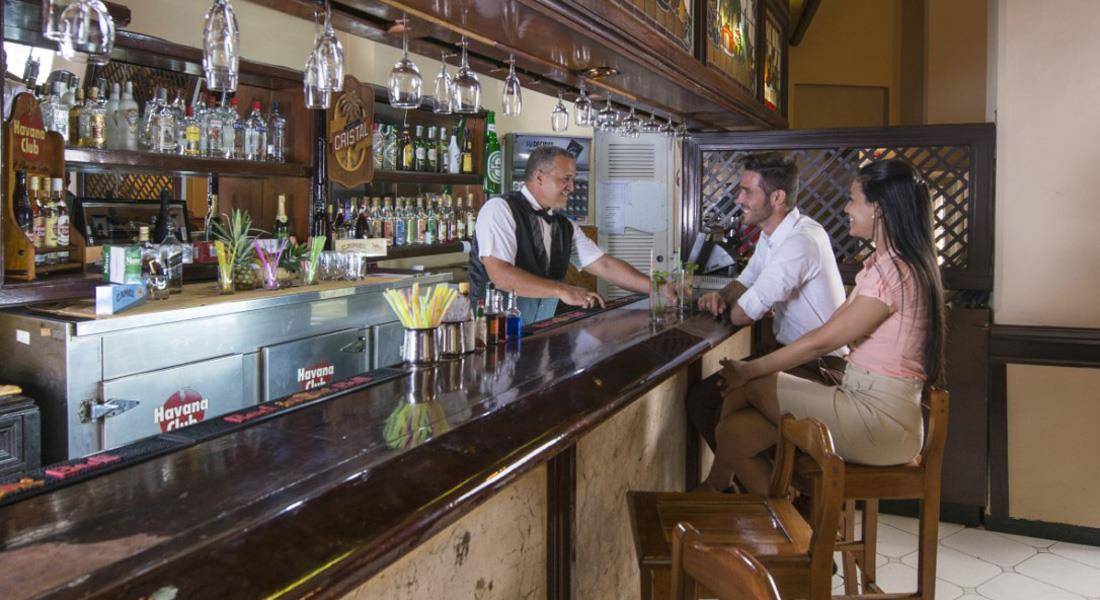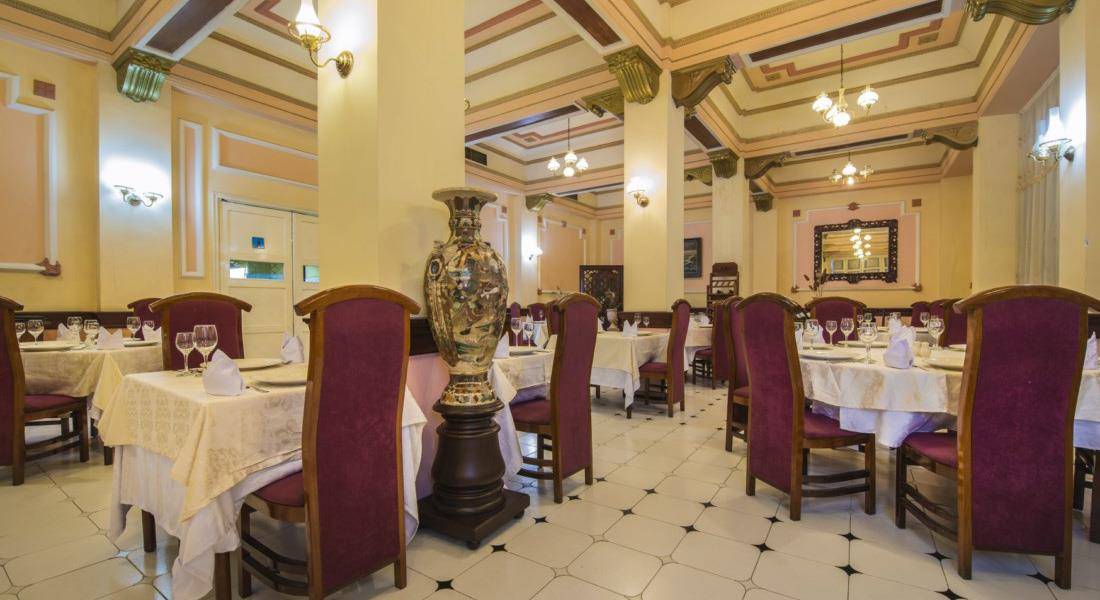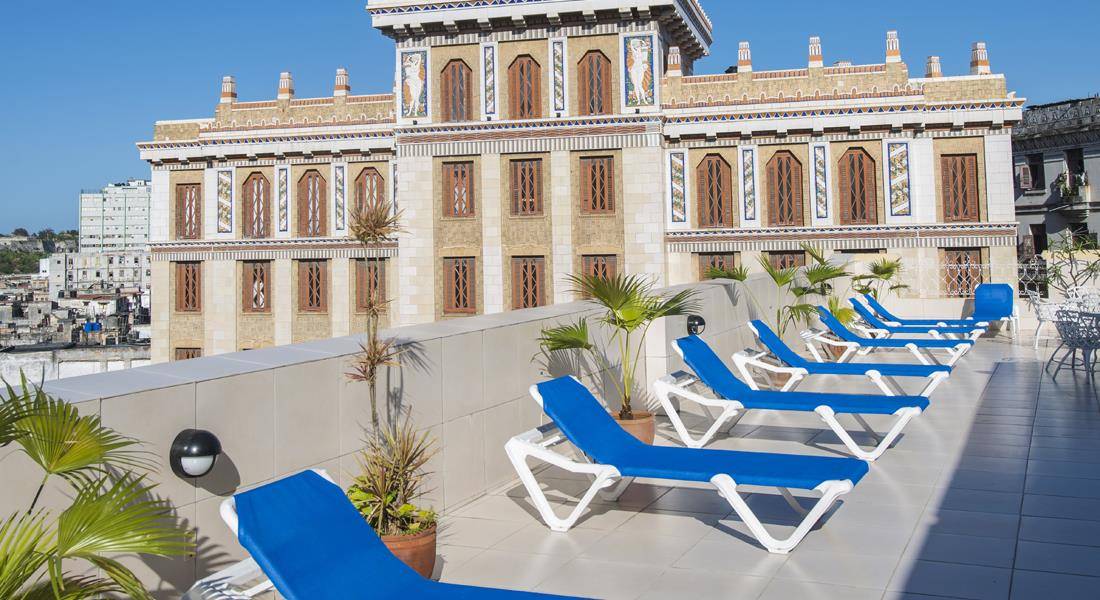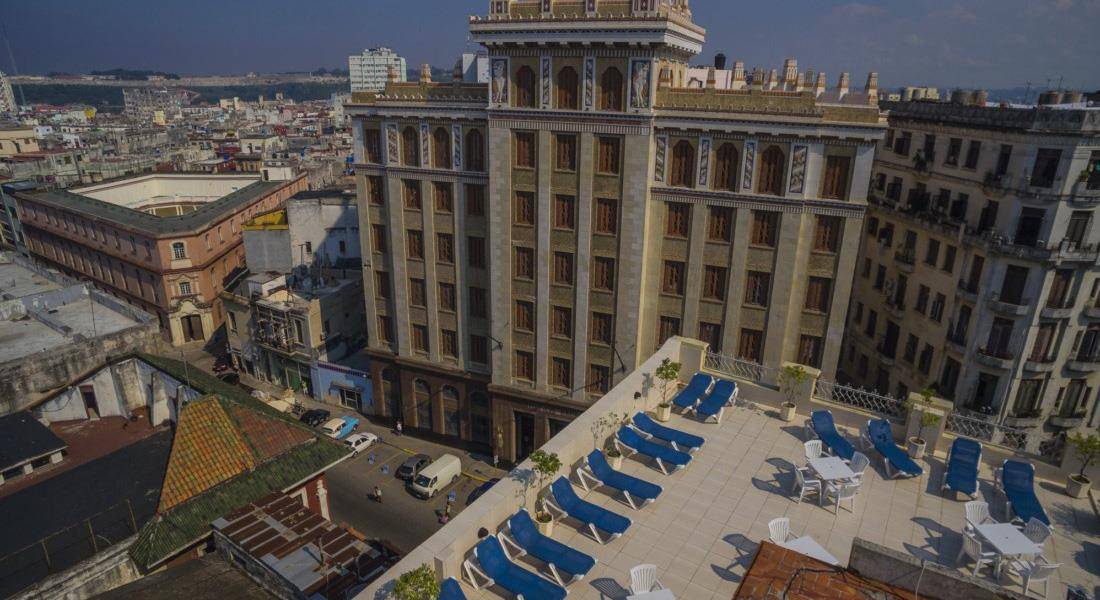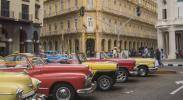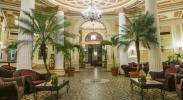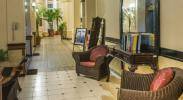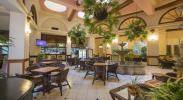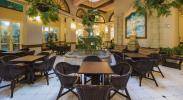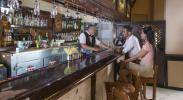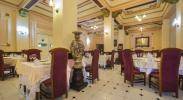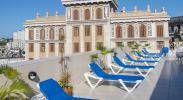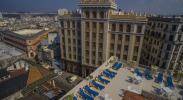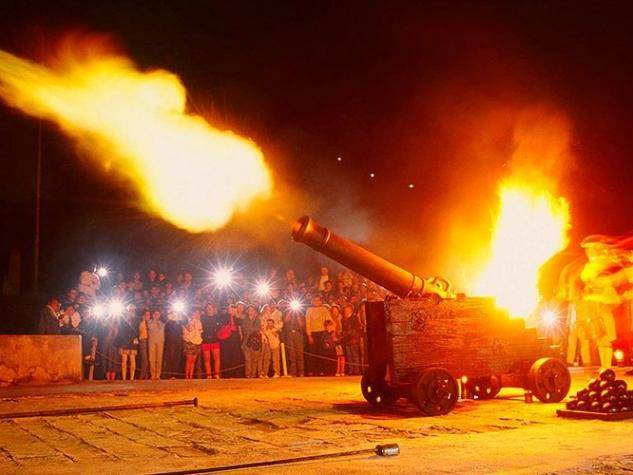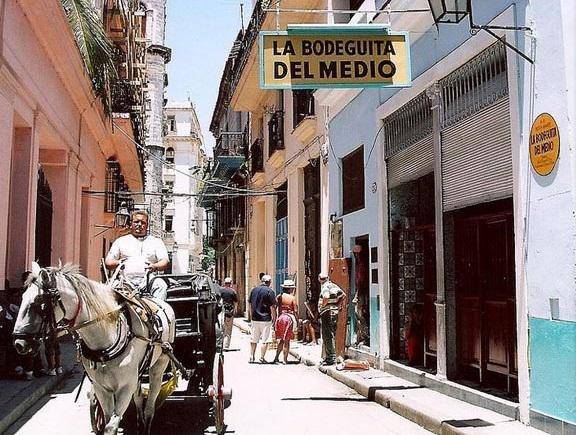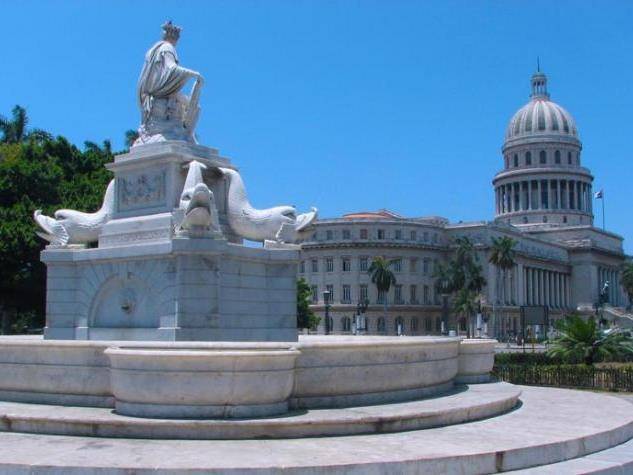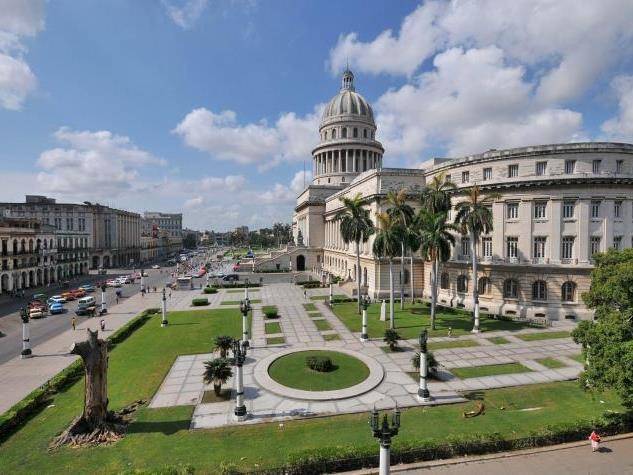
National Capitol
The monumental Capitolio is a replica of the American capitol in Washington, DC. It is one of the most emblematic buildings of the Havana skyline and it occupies an area of 38 875 m². It was the seat of the legislative body of the Republic since its inauguration on May 20, 1929. The facade is mainly of classic style while the interior of the building is characterized by eclectic opulence. From the stairs on we see the imposing porch columns and behind them we find the main gates, fashioned in bronze with bas-relief depicting important scenes of national history. On both sides of the uppermost part of the stairs there are two bronze statues, symbols of two guiding virtues: people and work. These statues are the work of the Italian sculptor Angelo Zanelli.

